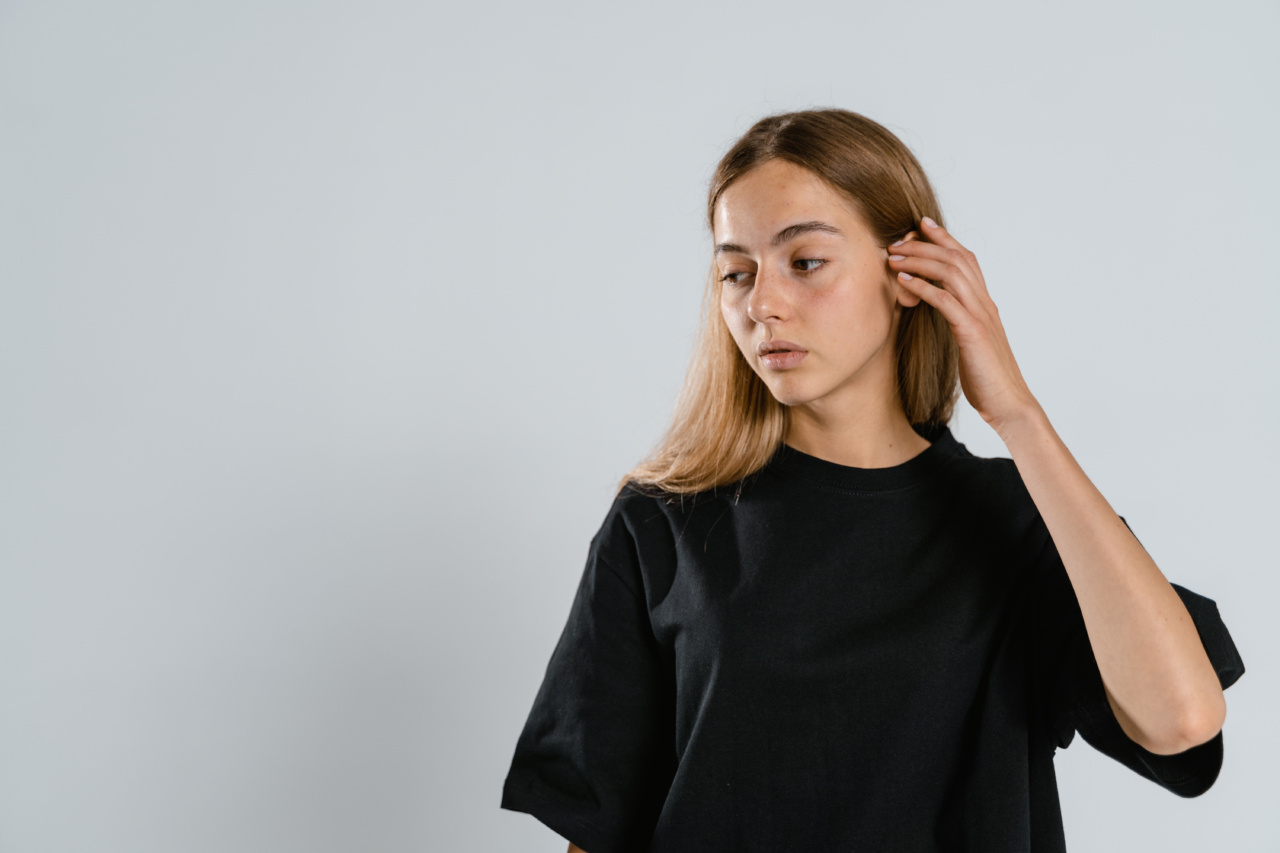Many people are turning to tights as a stylish and comfortable way to dress up for any occasion. However, the question on many minds is what happens after wearing tights for a day? Is it safe to wear tights for an extended period?.
The answer is yes and no. While wearing tights for a day won’t cause any severe health issues, prolonged wear of tights may lead to some complications.
Here, we’ll take a look at what happens after wearing tights for a day and how to avoid any potential health issues.
Increased risk of yeast infections
If you wear tights for an extended period, it can increase your risk of developing yeast infections. Tights trap moisture and sweat, creating an ideal environment for bacteria and yeast to thrive.
The heat produced by the body makes it easier for the yeast to grow, leading to an increased risk of infection.
To avoid this, it’s crucial to take good care of your tights. Always wash them after wearing and ensure they’re properly dried before wearing them again.
Also, consider wearing cotton underwear that allows more breathability and reduces the risk of developing a yeast infection.
Skin irritation
Skin irritation is another risk associated with wearing tights for a day. The friction between the tights and your skin can cause redness, itching, and rashes. If you’re someone with sensitive skin, this risk is even higher.
To avoid skin irritation, consider wearing tights made of breathable fabrics such as cotton or bamboo. Also, ensure you’re wearing the correct size of tights. Tight-fitting ones can increase skin friction and cause irritation.
Additionally, ensure you keep yourself hydrated and moisturized to help reduce skin friction.
Varicose veins
Varicose veins are another complication that may arise from prolonged wear of tights. This can happen when the waistband of the tights is too tight, causing poor circulation. When circulation is poor, blood pools in the legs, leading to varicose veins.
To avoid this, ensure you’re wearing the right size of tights. Tights with a high waist and a broad waistband can help prevent the pooling of blood in the legs.
Additionally, take short walk breaks even when sitting or standing for an extended period to improve blood circulation.
Reduced lymphatic flow
The lymphatic system helps in eliminating toxins and waste products from the body. However, tight fitting tights can restrict the lymphatic flow, leading to an increase in toxins and waste products in the body.
To avoid this, consider wearing loose-fitting tights or stockings. Loose stockings are more comfortable on the legs and don’t restrict the lymphatic flow.
Additionally, make sure to take frequent breaks when sitting or standing in one position for an extended period to help improve circulation and lymphatic flow.
Bad odor
Tights can trap sweat and moisture, leading to bad odor. The body produces sweat that mixes with bacteria present on the skin and clothes, creating an unpleasant odor.
To avoid bad odor, ensure you’re wearing breathable tights made of moisture-wicking fabrics. Also, remember to change your tights every day and consider using antiperspirants or deodorants on the skin before wearing the tights.
These will help reduce the risk of bacterial growth and bad odor.
Dangerous blood clots
Wearing tights for a long period can also increase the risk of developing blood clots. This risk is higher in individuals with preexisting conditions such as vein-related disorders, heart diseases, or obesity.
To avoid this risk, ensure you’re wearing the right size of tights. Tights that are too tight are more likely to cause blood clots.
Additionally, avoid sitting or standing in one position for too long, and ensure you exercise to improve blood circulation.
In conclusion
After wearing tights for a day, it’s crucial to take care of them and avoid prolonged wear. Remember to change your tights every day to help reduce the risk of bacterial growth and bad odor.
Always wear the right size of tights and ensure they’re made of breathable fabrics to avoid complications such as varicose veins, skin irritation, and yeast infections. Additionally, remember to exercise frequently and take breaks when sitting or standing for an extended period to help improve blood circulation and lymphatic flow.






























